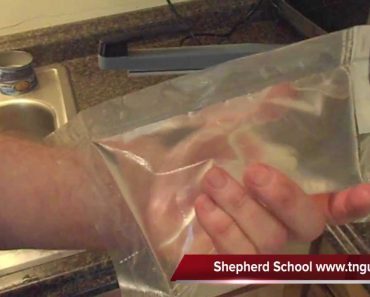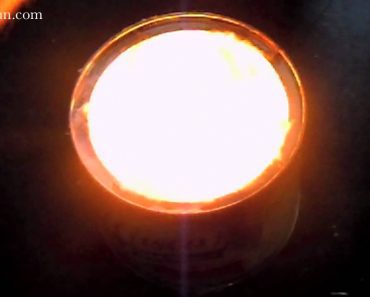Here is an idea for a tin can grill that I got from pinterest. Basically, it is a small homemade grill made from a can, some foil, and a round charcoal grate. I think this is optimized for a #10 can, but like most of my projects, once you have the concept you can […]
Category: How To (How I Did)
You could call this a How To – but people often tell me I did it wrong – now to be fair you can’t really tell me I can’t do it that way, when the video shows I actually DID do it that way – so to cool down the hateraide – lets just call this HOW I DID
How to Make a DIY Cold Pack
Ice packs are a very useful item to keep around. Today’s article will show you how to make your DIY cold pack of your own using a foodsaver bag and some simple household ingredients. If you don’t have a vacuum sealer, then you can use zippered freezer bags, but it will be more prone to […]
How to Make a Bottle Cap Fishing Lure
I saw this brilliant idea on YouTube and had to share it. A very smart guy figured out how to make a Bottle Cap Fishing Lure out of a discarded beer bottle caps. He even made a business of recycling buckets of beer caps harvested from local bars until he was sued by beer […]
How to Make a Bottle Cap Candle
As a byproduct of keeping bees, I have a lot of wax, which lead me into candle making. Simple beeswax candles are very easy to make, last a long time, don’t smoke or leave soot, and make a very clear light. However, they can be large and take up too much space to put […]
Homemade 48 Hour Crisco Candle
This Crisco Candle is a very simple trick to get a long lasting emergency light for very low cost. Simply take a tub of shortening, insert a natural fiber wick (I use cotton string) and light. As the shortening melts it is wicked up and burned. I have heard a tub of shortening can last […]





